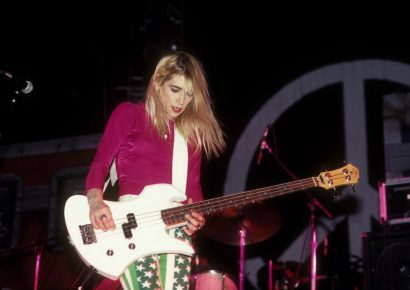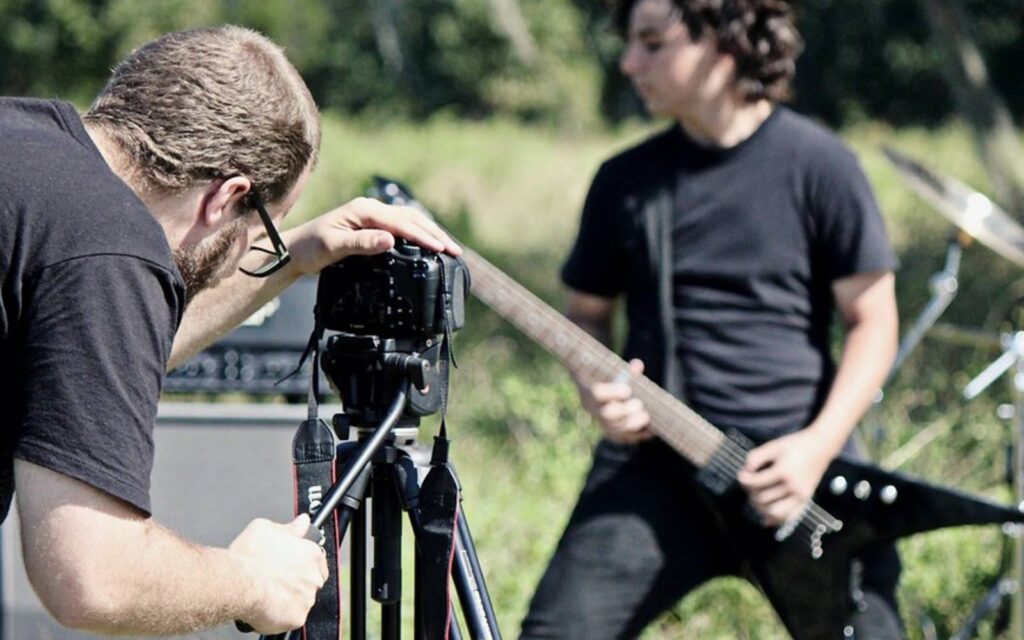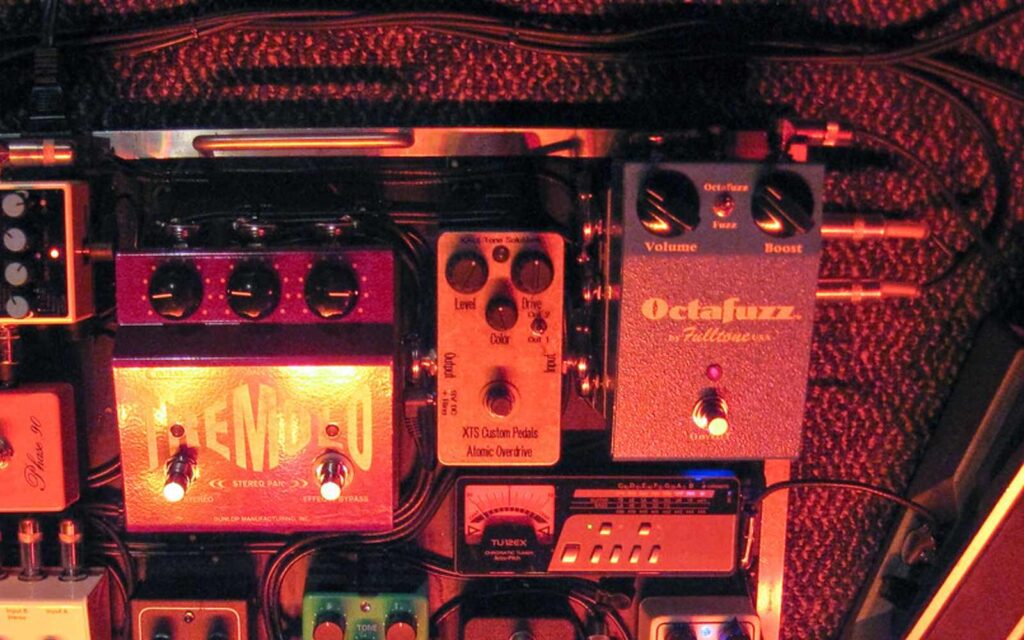Sprawled across the records of music history, certain tracks stand out from the rest, not only for their incredible use of sound, iconic production or their rebellious spirit, but for the music videos which drive their popularity and help them receive cult status in the music and visual world.
Robbie Williams’ release of “Rock DJ” and its accompanying music video in July of 2000 left an undeniable mark on the world of music and its association with videos for its defiant and unruly visuals, an incredible originality and its ‘Take That’ style of storytelling.
Read all the latest features, columns and more here.
Nestled within the bustling heart of the English music industry, the creation of “Rock DJ” was a collaborative effort fuelled by creativity and a desire to push boundaries. Directed by Vaughan Arnell, the video was a rollercoaster ride through the surreal and the grotesque, blending elements of pop culture, horror, and satire into a visually stunning spectacle.
The song itself samples a fat bassline and drum beat from Barry White’s “It’s Ecstasy When You Lay Down Next to Me”, as well as sequences from A Tribe Called Quest’s “Can I Kick It?” and a line from Slick Rick and Doug E. Fresh’s “La Di Da Di”, blending sounds from a variety of genres and eras into one epic spectacle of disco, dance and Britpop.
The concept for the enigmatic music video was originally birthed by two French creatives who worked on an earlier commercial for Pepsi with Robbie Williams, as outlined in a documentary detailing the behind the scenes work of the “Rock DJ” music video.
Rock DJ
The making of the “Rock DJ” video was a labor of love that required meticulous planning and sheer audacity. From the outset, Arnell and Williams were determined to push the boundaries of what was considered acceptable in mainstream music videos and ultimately wanted to shock and provoke and to challenge the norms of beauty and sexuality in a comedic and lighthearted way.
Basically, the video features Robbie dressed casually in a white singlet and some navy blue pants held up by a hefty belt and clad with a bright adidas logo and a wallet chain; he’s dancing in the middle of a large grey room lit by a massive chandelier and circular lights made to resemble speakers. Williams is surrounded by girls roller skating in a loop around him, seemingly unimpressed by his presence as he begins to strip his clothes.
A DJ played by British model and actress Lauren Gold spins tracks as Robbie makes attempts to swoon her, removing his shirt and dancing in a goofy and, if it wasn’t Robbie Williams, completely uncool fashion. Unable to grab the attention of the desirable DJ or any of the other girls surrounding him, one of which is played by British-American activist, model and actress Elizabeth Jagger, Robbie goes to great lengths to attempt to sway them, stripping down to his bare birthday suit before beginning to tear off his skin and throw it into the crowd of roller-skating girls, and then his muscles until he is nothing but a computer-generated skeleton aiming to impress.
One of the key challenges in bringing the video to life was finding the right balance between shock value and artistic expression. Williams’ provocative dance moves and his gradual transformation into a skeleton were arguably intended to challenge societal norms and perceptions of beauty as a daring statement which aimed to subvert the traditional notions of sex appeal while celebrating individuality and self-expression.
“He’s brought up as the next victim, or as the next gladiator or the next piece of meat literally. I thought if it were just all girls in there and he came up and he was looking around and they were all skating, it was like Robbie heaven.” – Vaugh Arnell (“Robbie Williams – Skinned Alive: The Making of Rock DJ”)
The visual effects team played a crucial role in realising Arnell and Williams’ vision.The team used a combination of practical effects and computer-generated imagery to create the jaw-dropping visuals that would later become synonymous with the “Rock DJ” video.
The visual effects team spent months perfecting the intricate details of Williams’ transformation sequence, with 3D animator John Harvey and Head of Post Production Damian Raymond-Parker meticulously crafting each frame to ensure maximum impact. From the painstakingly detailed prosthetics to the seamless integration of CGI, every aspect of the video was carefully choreographed to create a sense of visceral intensity – and more than two decades later, its visual aspects continue to impress.
The controversial video’s ending of Williams removing his skin was cut by most music channels around Europe, like VIVA, VH1 Europe, The Box and MCM. In 2001, “Rock DJ” won the MTV Video Music Award for Best Special Effects. In 2006, it was voted by viewers as the seventh Most Groundbreaking Video Ever on MTV and in 2007 it was ranked at number 48 on MuchMusic‘s 50 Most Controversial Videos countdown. The video was banned in the Dominican Republic due to allegations of Satanism.
“Robbie just became the video – like he always does.” Vaugh Arnell (“Robbie Williams – Skinned Alive: The Making of Rock DJ”)
Twenty-four years on, “Rock DJ” remains as electrifying and enigmatic as ever, a testament to the enduring power of creativity and the unyielding spirit of rebellion and a reminder to embrace chaos through ‘having a laugh’ and daring to be different – even if it means tearing off your skin in front of 50 roller-skating ladies.
Keep up with Robbie Williams today here.







